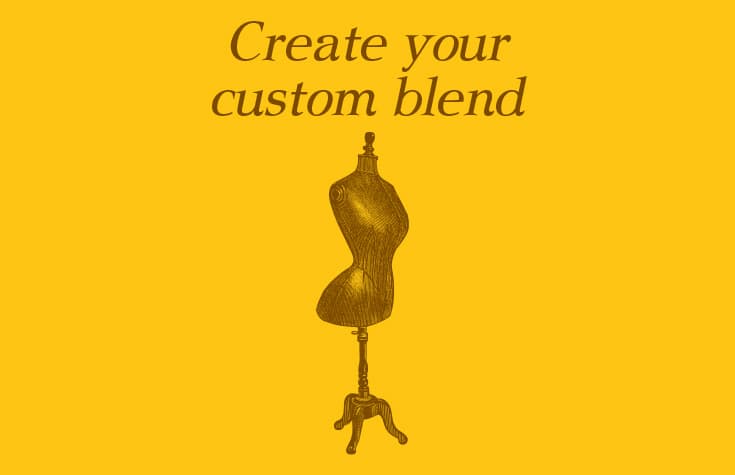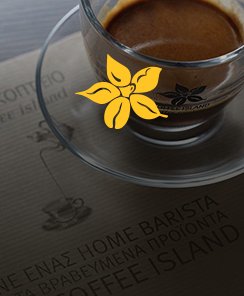The coffee tree
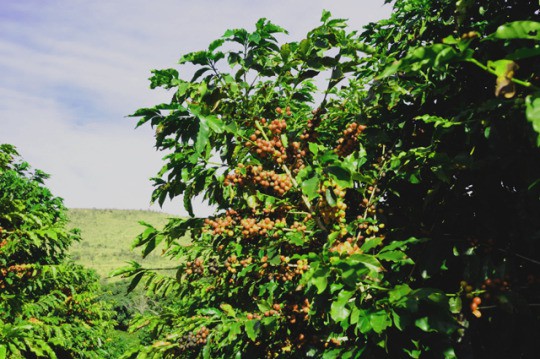
A good day starts with a good cup of coffee…
Coffee is a favorite habit of people, all over the world. However, who know what hides behind a normal cup of coffee? How does it get to us? How can we get all these amazing aromas and flavors? Why does it have such a fanatic following? Let’s prepare a warm cup of coffee and talk about it…
What is coffee? Coffee is a fruit… A round, red berry in the size of a cherry. And where does this berry grow? It grows as a shrub in the Coffea genus and is Part of the botanical family of Rybiaceae. There are many different kinds of Coffea with the best know members being Coffea Arabica, which is 60% of world trade and Coffea Canephora known otherwise as Robusta.
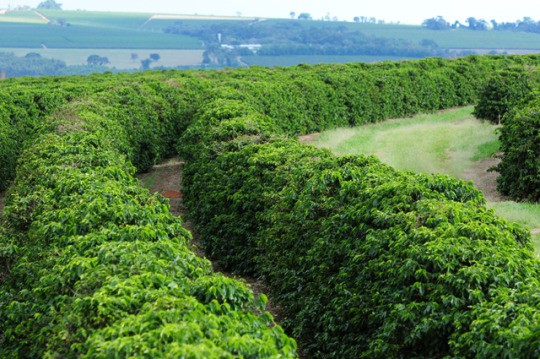
The two kinds have specific differences. Their biggest difference is taste. Robusta has a strong bitter taste and earthy aromas of wet earth and wood, as opposed to Arabica whose taste is more acidic mild and fruity. This is mostly cause by their percentage of caffeine which is double in Robusta (3% as opposed to 1.5% in Arabica). The Robusta beans are smaller, more yellow and round and have a straight gash on their flat side. Arabica beans are larger in size, greenish, oval shaped and with a characteristic S shaped gash. Even in their natural state they are different. Arabica plants grow at high altitudes of over 700m at temperatures of 20-25 degrees and high moisture, Robusta grows from sea level up to 700 meters and can withstand higher temperatures and aridness. As its name suggests (Robust) the plants have a high tolerance for bad weather and disease so its farming is much less costly. On the hand side, Arabica plants are sensitive, have a smaller yield and are more expensive to farm.
Both species are important to the coffee trade and its gives its on different roasts. Arabica has a smooth fruity taste with a mild acidity that is playful to the tongue and leaves a long aftertaste. Robusta gives another density to the drink, and a characteristic bitterness. 60% of the worlds produce is Arabica and this is why we will focus more on it.
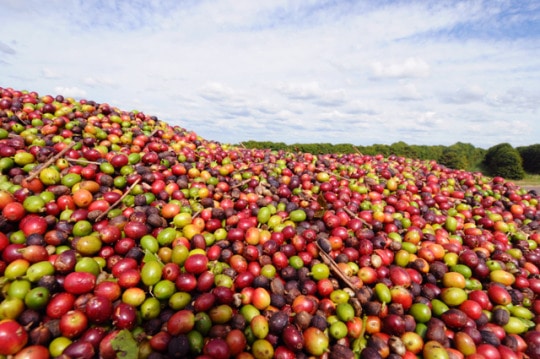
For the Arabica plant to flourish, a moist tropical climate is required and thus the areas where it is most commonly found are close to the equator between the tropics of Cancer and Capricorn. The tree is sensitive to extreme temperatures (ideally 18-26 degrees Celsius) and requires fertile and deep soil.
The seed is planted in a controlled environment, in sandy borders in a high moisture environment that is covered by a burlap. When the roots appear they are transferred in small pots and are placed in nurseries, they remain there for 5-6 months until they reach 40-60 cm in height and are then transferred to the farm.
The first years are crucial and the plants faces many foes. In the third year the first flowers appear and it will keep growing until it reaches full productivity at 5 years of age. If the lifespan is 50 years only 25 of them are productive. Fully grown the plan can reach 8-10 meters in height, although for ease of harvesting it is common practice that they be trimmed at a height of 3 meters.
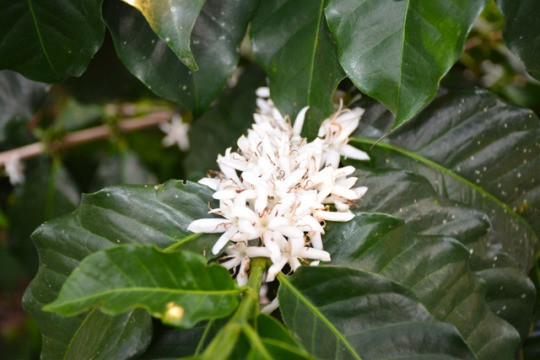
Annual production varies depending on variety, however it is approximately 3.5 kg of fruit per year. This production is equivalent to a kg. of coffee beans. A characteristic of this plant is its continuous maturation cycle. On the same branch we can find flowers, immature, mature and rotten fruit. This happens because blossoming begins 12 hours after every rainfall. The flower is short lived as it is replaced by the fruit in a matter of 2 days, that depending on the variety can take anywhere between 6 to 11 months to reach full maturity. The berry usually takes on a red hue and reaches the size of a cherry.
Harvest takes place once or twice a year, depending on the area and variety. There are 3 basic methods of harvesting: choosing specific berries and hand picking, fully stripping a particular branch and a full harvest of all the fruit on a tree by mechanical means.
(…to be continued)
George Alaniadis
R&D Department in Coffee Island
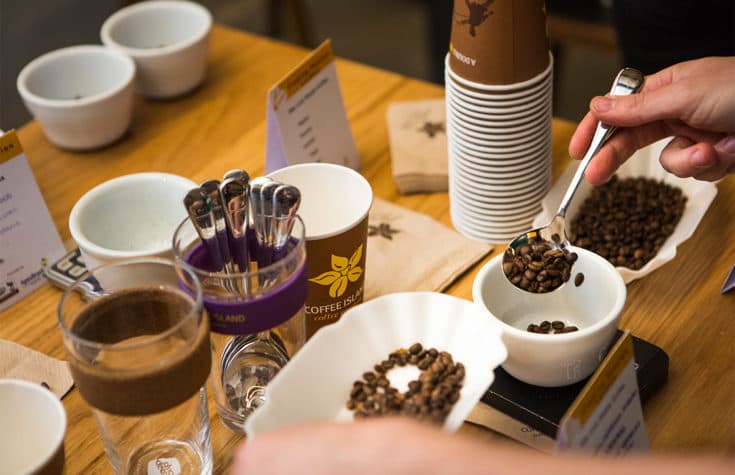
We brought the Best of Brazil to the Heart of London
